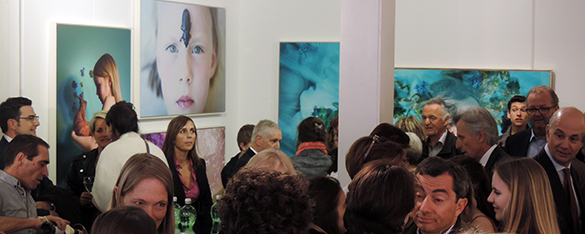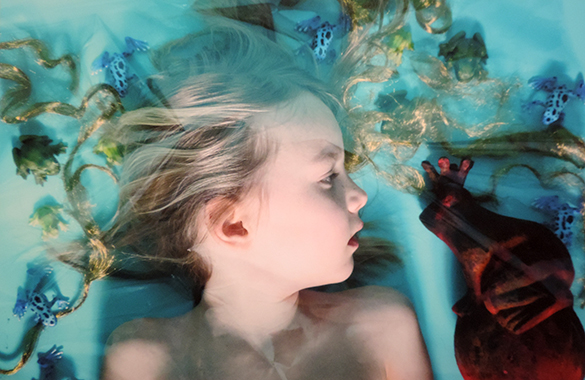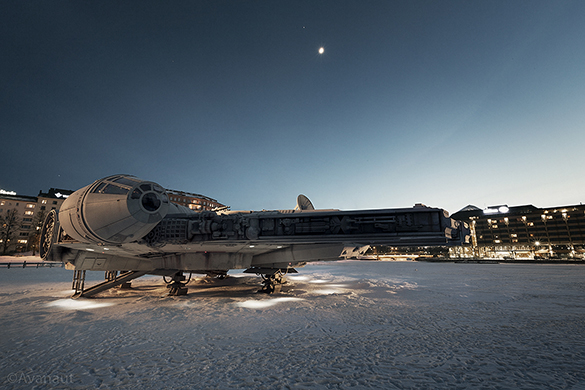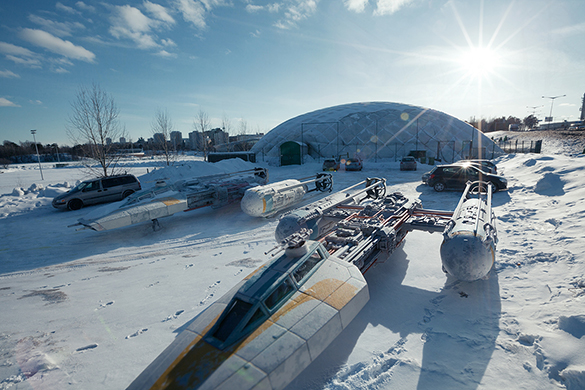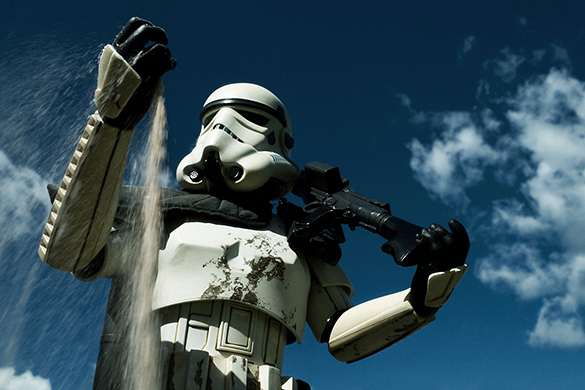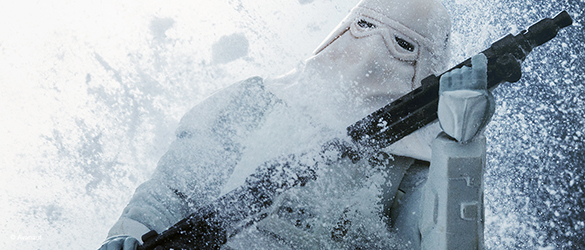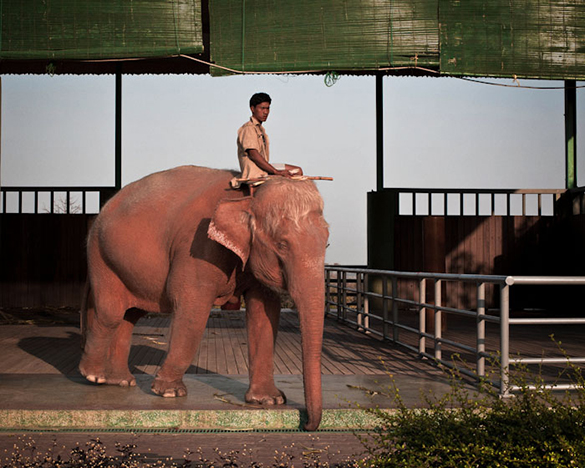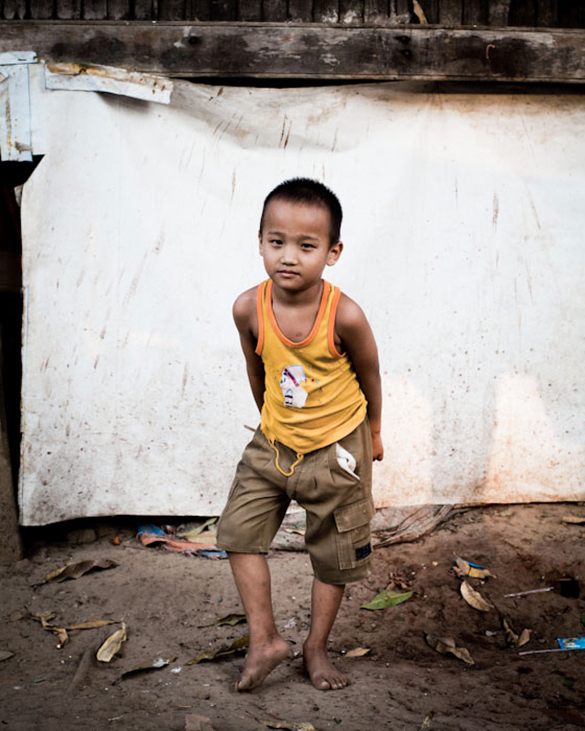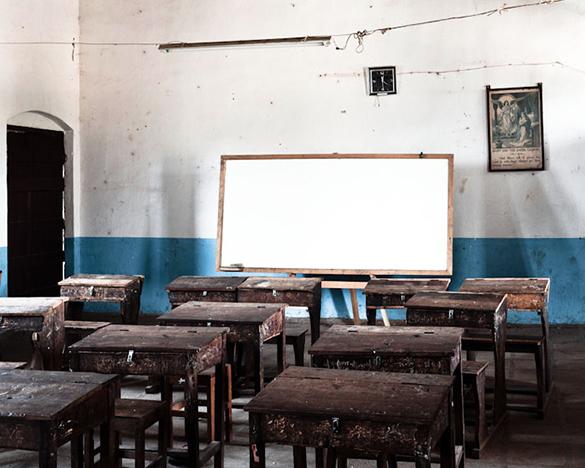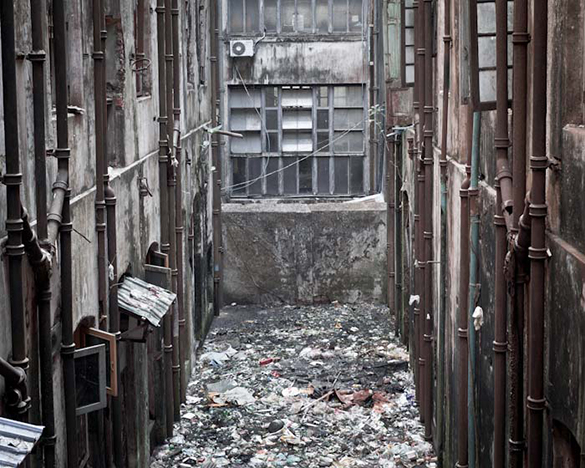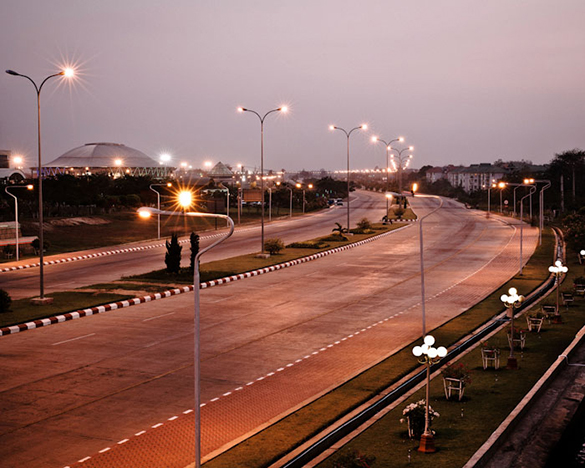The recurring problem with exhibition openings at Galerie Cimaise is that they are so popular! I manage to squeeze in the door. There is a buzz in the air. With “Entre deux mondes” the discerning Mourad Ghedira, with the help of Aline Kundig and Nicolas Spuhler, serves us a delicious cocktail of works by five photographers whose images take us to other worlds. (And the wine is exquisite!) Bravo Mourad!
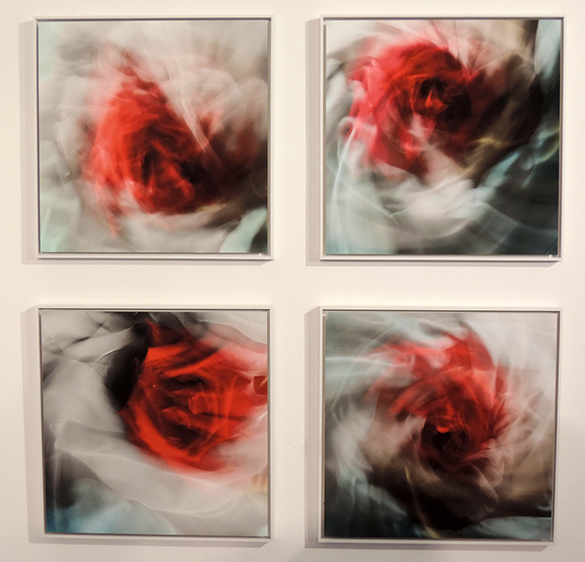
On walking in, I am greeted by Carolina Lehmkul’s chic, cool and feminine “Blink 1″, “Blink 2″, “Blink 3″ and “Blink 4″.
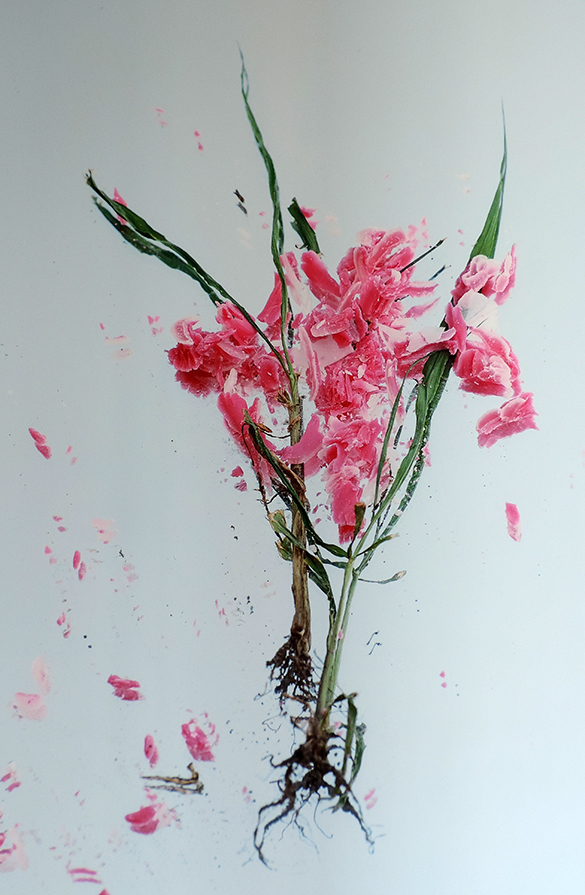
Immediately on my right is “Douceur discrète” by Sylvie Schaffhauser. I am intrigued by this delicate, fragmented and uprooted image. It leaves me uneasy. It is the first of Mourad’s sales this evening.
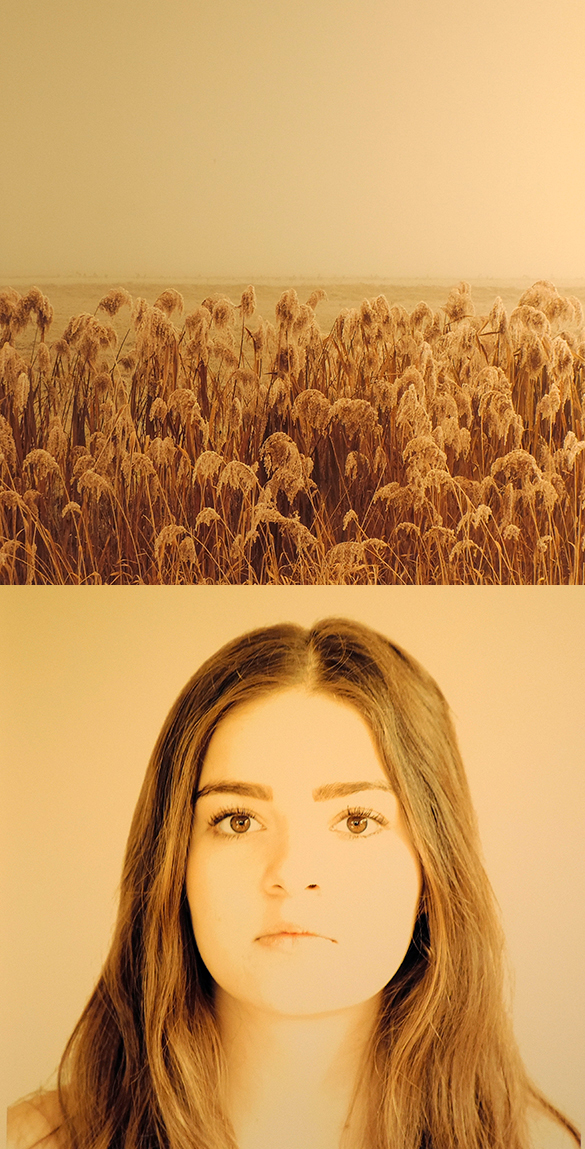
One wall is dedicated to four diptychs by Susanne Echeverria; each comprises a square portrait and a square landscape. These two juxtaposed images are “Indiscernable trouble.” My mind skips back to my childhood on the wet and grey flatlands of Britain’s East Anglia …. and to a childhood sweetheart.
This busy corner is given over to five photographs by Tonie Bertherat. I love the image (“Arevamirp”) of a young woman wearing a helmet made entirely of sweets. I love the idea of making the helmet!
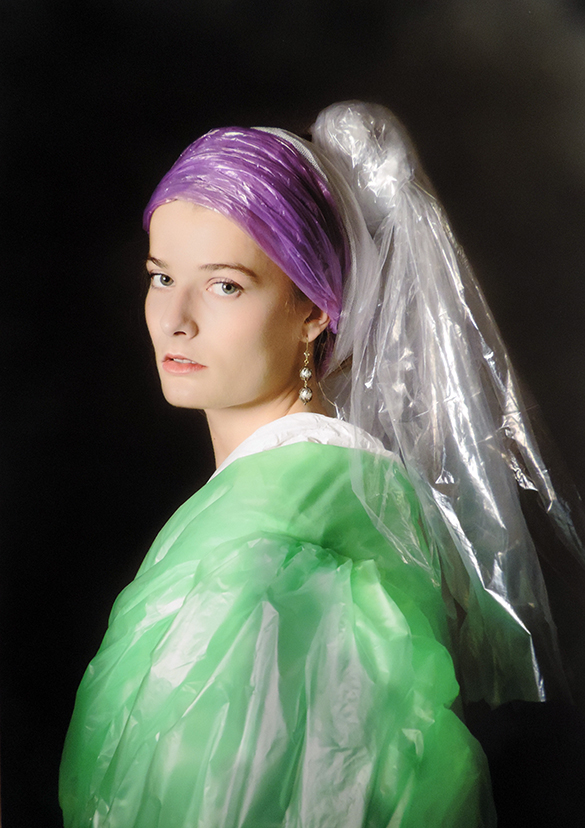
Bertherat gives a masterclass in staged photogrpahy. I adore the nod to Vermeer with “Ejsiem” – Girl done up in plastic sheets with two pearl earrings.
I stand looking at a large photograph that speaks to me of all the young princesses out there kissing all those damn frogs in the hope a prince will materialise. I have the privilege of talking to Madame Delahaye herself. Her other world is that of Aesop’s fables. Her model for the photograph is her niece. If I have to choose a favourite piece at this classy but fun exhibition, this is it.
Photographic exhibitions that excite interest are rare. This is one such. With “Entre deaux mondes,” Galerie Cimaise sets the bar high. I plan to return when the crowd disperses.
The exhibition closes on 28 May 2015.

